Carbon Disulfide
- What is Carbon Disulfide?
- Carbon Disulfide Chemical Formula
- Carbon Disulfide Uses
- Carbon Disulfide Properties
- Carbon Disulfide Boiling Point
- Carbon Disulfide Molecular Weight
- Carbon Disulfide MSDS
- Carbon Disulfide Lewis Structure
- Is Carbon Disulfide Polar?
- Carbon Disulfide Toxicity
- Piperazine-Carbon Disulfide Complex
What is Carbon Disulfide?
It is a clear, colorless liquid that is volatile in nature. It is often used as a unit in organic chemistry and industrial products. This substance does not have a common name as per the recommendations of the International Organization for Standardization.
The letter “f” in the name of this substance is an interesting feature. In 1976, it was named as “Carbon Disulphide”. But as per new specifications, ISO now uses the letter “f” in place of “ph” to denote sulfur and compounds of it.
Carbon Disulfide Chemical Formula
The chemical formula of Carbon Disulfide is CS2.
Carbon Disulfide Uses
CS2 is used for diverse purposes like
Manufacturing
This substance is used in the manufacture of diverse products like
- Cellophane
- Viscose Rayon
- Carbon Tetrachloride
- Xanthogenates
- Rubber chemicals
- Electronic Vacuum Tube
- Bamboo fiber
As a solvent
This liquid is used as a solvent for substances like
- Rubber
- Fats
- Resins
- Bromine
- Selenium
- Sulfur
- Phosphorus
- Iodine
Purification
It is also used in purifying single-walled nanotubes of carbon.
Insecticide
It is also used as a pesticide for nursery stock and also in the conservation of fresh fruits. It is also used as a disinfectant in the soil to ward off nematodes (roundworms) and insects.
Fumigation
It is also used for fumigation in grain elevators, bins, airtight storage warehouses, shipholds, cereal mills, barges and airtight flat storages.
Picture 1 – Carbon Disulfide Image
Source – raesystems.com.au
Carbon Disulfide Properties
Know about some of the main physical properties of CS2.
- In its pure form, CS2 appears as a colorless liquid that is almost insoluble in water. Impure CS2 is yellowish in color.
- This substance is inflammable and quickly evaporates at room temperature. It has a vapor density of 2.63.
- Pure CS2 emits a sweet odor similar to chloroform. It has an odor threshold that is of 0.05 mg/m3. However, commercial CS2 grades have a foul odor that is similar to that of rotten eggs.
- It has a pH value of 7 (neutral).
- The vapor pressure for this substance is 352.6 mm Hg at 25 °C. The log octanol or water partition coefficient of CS2 is between 1.84 and 2.16.
Carbon Disulfide Boiling Point
The boiling point (B.P) of CS2 is 46.3 °C or 115 °F. In thermodynamic temperature, its B.P is 319 K.
Carbon Disulfide Molecular Weight
Its molecular weight is 76.14 g/mol.
Carbon Disulfide MSDS
The MSDS (Material Safety Data Sheet) for Carbon Disulfide is as follows:
Flammability
This is an inflammable substance that has an auto-ignition temperature of 90 °C or 194 °F. It can be combustible in the existence of open flames and sparks of oxidizing substances. CS2 products may be combustible in the presence of static discharge. The risk of explosion from this product due to mechanical impact is not known.
Small fires from CS2 products can be controlled with dry chemical powders. Large fires from this material need the use of water spray, fog or alcoholic foam.
Spillage
In case of accidental spillage of this material, handling should be careful. Small spillage can be absorbed with an inert material and properly disposed of. Larger spills should be kept away from open flames, heat or any sort of ignition. It can be absorbed with sand, dry earth or any other non-inflammable substance.
Storage
Like any other combustible substance, CS2 should be stored in a safe storage cabinet away from heat or any source of ignition. The container should be tightly closed and kept in a well-ventilated spot that has a cool temperature.
Personal safety
Individuals using this material should wear lab coat, gloves, splash goggles and vapor respirators to prevent any physical damage arising out of exposure to CS2.
In case of a large spill, these protective equipments should be worn along with full body suits and boots. It is also important to use a self-contained breathing equipment to avoid inhalation of this substance.
Carbon Disulfide Lewis Structure
A Lewis symbol is a type of symbol that represents the electrons located in the valence shell of a simple ion or an atom as dots positioned around the letter that symbolizes the chemical element. In this structure, each dot stands for one electron. The most appropriate Lewis Structure for CS2 can be drawn as Bond Order and Bond Length.
** * * ** **
S xx C xx S
** **
The “**” dots should be on top of each “xx” and the top and bottom of each S. The “**” represent the valence electrons of S while the valence electrons of C are symbolized by “xx”. Each atom consists of an octet.
The Lewis Structure is also simply represented as S = C = S.
Is Carbon Disulfide Polar?
CS2 is a non-polar molecule because it has a linear geometric shape with a symmetric distribution of charge. Simply put, there exists a 180° angle between the C-S bonds. This leads to the cancellation of the dipole moments arising due to each of the bonds.
Carbon Disulfide Toxicity
Medical studies show temporary effects on specific organs of the animal body due to chronic exposure to this substance. Some of the common organs are
- Eyes
- Liver
- Blood
- Central Nervous System (CNS)
Acute exposure to CS2 has resulted in less severe toxic effects in mice, rabbits and rats. In humans, however, acute exposure by inhalation can lead to chest pain and respiratory changes. It is also seen to result in other acute discomforting symptoms like
- Nausea
- Vomiting
- Dizziness
- Delirium
- Convulsions
- Fatigue
- Blurred vision
- Headache
- Changes in mood
- Lethargy
Piperazine-Carbon Disulfide Complex
Piperazine-Carbon Disulfide Complex is the name for Piperazine-1-Carbodithioic Acid. The chemical formula for this substance is C5H10N2S2. It is mainly used as an insecticide. This is commonly used to control parasites in stables to protect horses from poisonous insects. Horses do not suffer from any side effects from use of this pesticide.
Exposure to Carbon Disulfide mainly occurs in the workplace. Individuals working in plants or laboratories using this substance should use adequate protective gear to avoid any exposure to this toxic chemical and prevent any health complication.
- References
- http://www.epa.gov/ttnatw01/hlthef/carbondi.html
- http://cost.georgiasouthern.edu/chemistry/general/molecule/lewis.htm
- http://www.tutor-homework.com/Chemistry_Help/Molecular_Geometry/010_Carbon_Disulfide_CS2.html
- http://www.eco-usa.net/toxics/chemicals/carbon_disulfide.shtml
- http://www.sciencelab.com/msds.php?msdsId=9927125
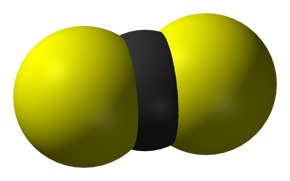
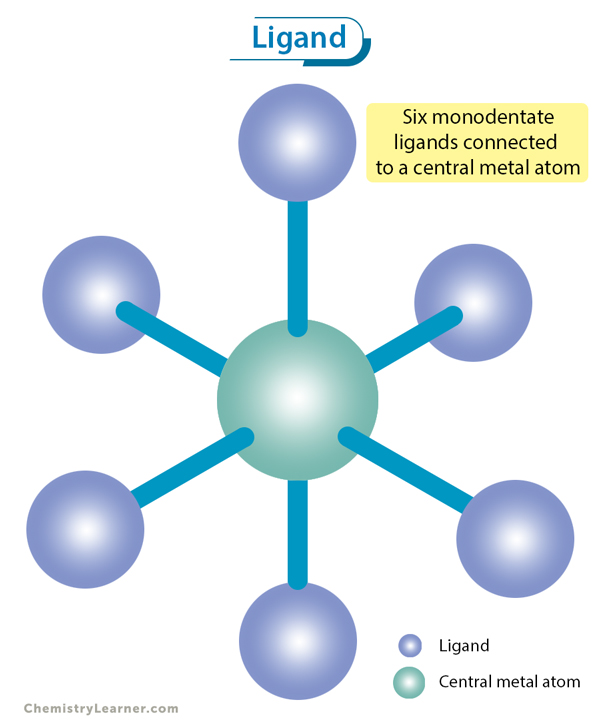
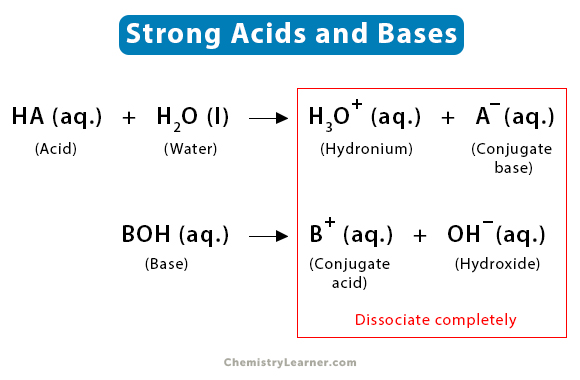
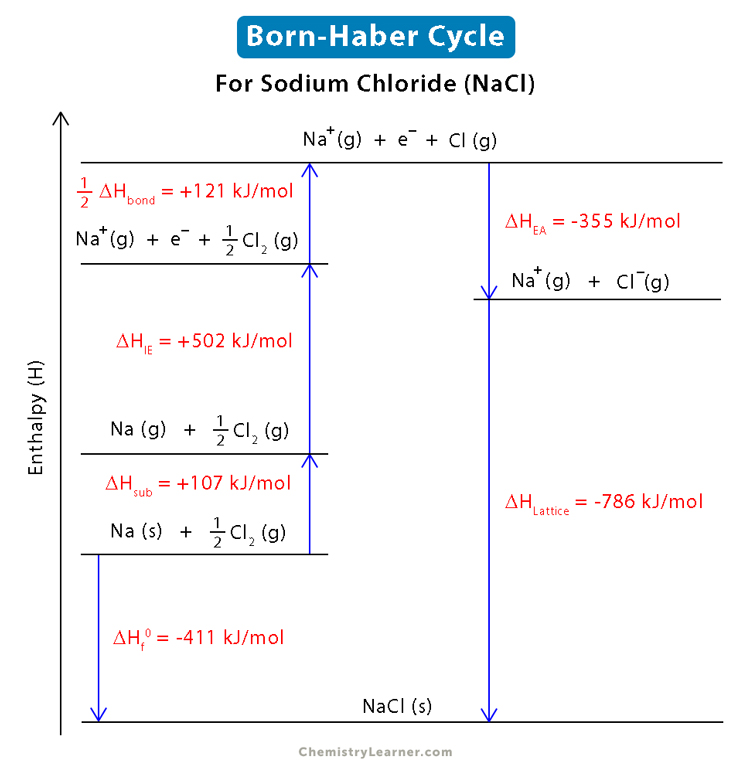
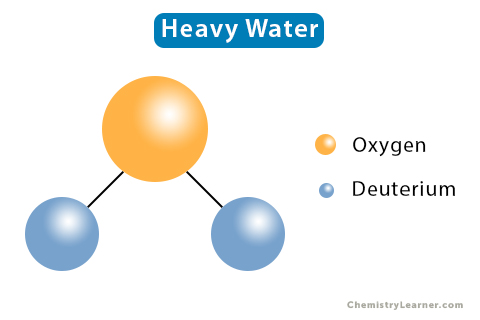
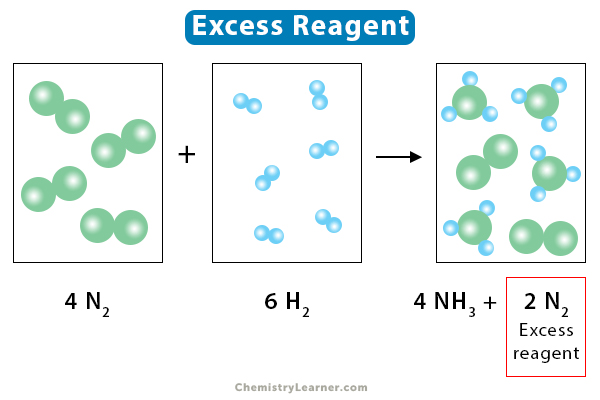
Thanks for your marvelous posting! I genuinely enjoyed reading it, you may be a great author. I will make sure to bookmark your blog and will come back sometime soon. I want to encourage continue your great posts, have a nice weekend!
Please keep sharing : https://www.chemocart.com/all_category
Also read my blog : http://blog.chemocart.com/
Sirs: Your valuable information about CS2, is outstanding and clear-cut. Here is one more that people may like: 1, CS2 can be used to react with N-H group with subsequent addition of ZnO which may end up rubber chemicals described in your distinctive publications.2. The so called rubber solvent containing CS2 and mineral spirit is indispensable in any tire factory.
Both have been known for practice yet does not understand why it is so. Now I am convinced.
Thank you.